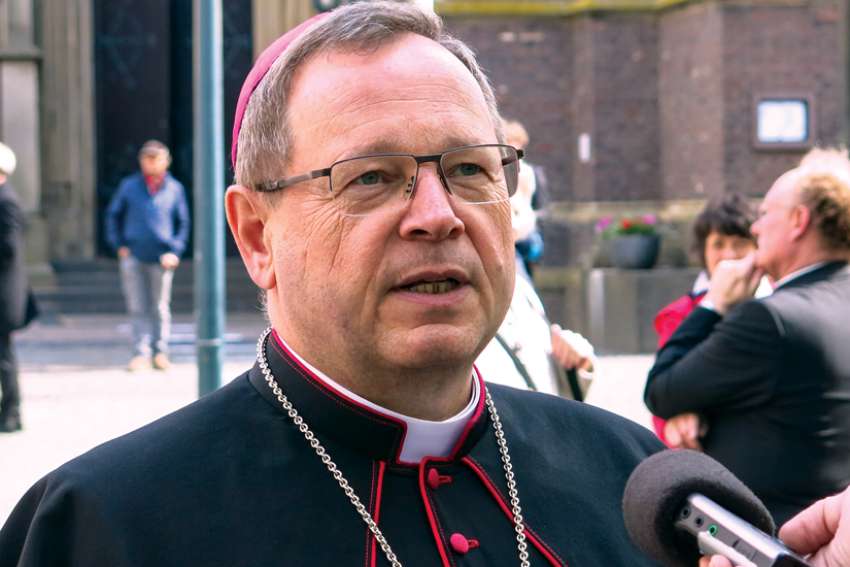The bishops’ conference made the announcement after a meeting of its 27-member Permanent Council.
The announcement said the president of the bishops’ conference, Bishop Georg Batzing, would accept an offer for talks recently conveyed by Cardinal Beniamino Stella, head of the Vatican Congregation for Clergy.
Batzing will suggest to the congregation that the discussion be held with the leaders of the synodal path reform project because the Vatican instruction addressed bishops, priests, deacons and laypeople alike, the bishops said.
The synodal path is an effort by the bishops’ conference and Central Committee of German Catholics to restore trust following a September 2018 Church-commissioned report that detailed thousands of cases of sexual abuse by Catholic clergy over six decades.
In addition to Batzing and his deputy, Bishop Franz-Josef Bode, the presidium of the Synodal Path includes Thomas Sternberg, president of the Central Committee of German Catholics, and Karin Kortmann, vice president of the committee.
In their statement, the bishops’ conference said the Vatican instruction on parishes “can only be the initiation and the starting point of a conversation, so that it becomes a real help for the various situations in the local churches.”
The Vatican published the instruction July 20. Many German bishops criticized the paper, while others, such as Cologne Cardinal Rainer Maria Woelki, praised it. The meeting in Wurzburg focused on “an assessment of the situation and a discussion of individual sections of the instruction,” the bishops said.
“The Permanent Council holds the view that this document has great relevance for the work in the parishes although certain issues — not least with a view to the structural processes underway in almost all (arch)dioceses — require discussion with the Vatican,” the bishops’ conference said. “The aspects of evangelization and mission as central elements of parish life are beyond question in this regard.”
The central topics of the instruction were the procedure for merging or dissolving parishes, the position of the priest, but also the participation of nonpriests in pastoral care and parish leadership, as well as questions of donations and fees for religious services.
The paper set clear boundaries, saying that laypeople could participate in the leadership of the parish but that only priests can actually lead, moderate, co-ordinate or administer. The instruction also clearly contradicted efforts to entrust the office of priest to a team of priests and laypeople, even in the event of a shortage of priests.


